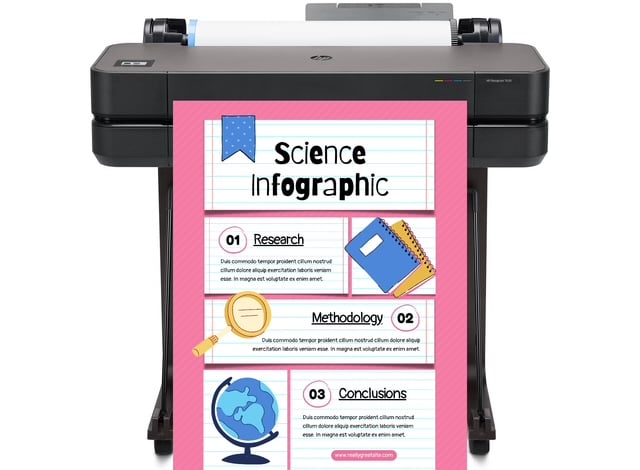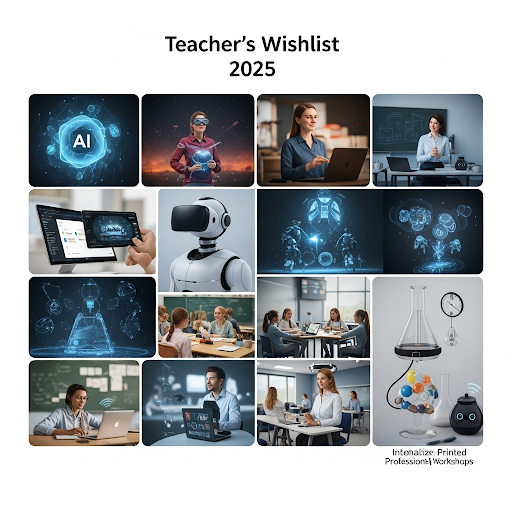
DISCOUNTED EDUCATION PRICING! CALL 1-877-891-8411. We Gladly Accept School Purchase Orders!

Teachers shape the future—one student, one lesson, one moment at a time. But despite their vital role in society, educators often face daunting challenges: underfunded classrooms, limited access to technology, rising stress levels, and increasing demands. That’s where a thoughtfully curated Teacher’s Wishlist can be transformative. Far more than a list of classroom needs, it’s a roadmap for meaningful support—one that empowers parents, school leaders, PTOs, and community partners to directly impact student success.
Our 2025 Teacher’s Wishlist shines a spotlight on the most essential classroom supplies, innovative EdTech tools, and the systemic changes educators are asking for—from mental health resources to professional development opportunities. Backed by the latest research and informed by real classroom experiences, this guide offers actionable insights for anyone committed to helping teachers not just survive, but thrive. Whether you’re a parent wondering how to support your child’s school or a district leader planning budgets, this wishlist is your starting point for creating a stronger, more equitable future for education.
Every teacher needs a well-stocked classroom to deliver engaging lessons. Yet, educators often spend $500-$750 of their own money annually on supplies, according to the National Education Association.
Wishlist Items:
A dedicated budget for classroom supplies for teachers reduces financial strain, letting educators focus on teaching.
Technology transforms classrooms, but outdated devices and poor connectivity hinder progress. Teachers need tools to foster digital literacy and interactive learning.
Wishlist Items:
For example, interactive whiteboards enable multimedia lessons, boosting engagement. Schools can seek grants from organizations like DonorsChoose to fund tech upgrades.
Continuous learning keeps teachers effective. However, generic professional development (PD) often misses the mark. Teachers want relevant, practical training.
Wishlist Items:
Platforms like EdX offer affordable PD, while in-person workshops foster collaboration. Schools should prioritize funding for teacher professional development aligned with classroom needs.
Smaller classes (15-20 students) improve outcomes, per the National Center for Education Statistics. Large classes make it hard to personalize instruction or manage behavior.
Wishlist Items:
Districts can hire more educators or reallocate resources to prioritize smaller class sizes in high-need areas.
Teaching is stressful, with 74% of educators reporting job-related stress, per a 2022 American Federation of Teachers study. Mental health support is critical for retention.
Wishlist Items:
Partnering with local organizations for free counseling can create a culture that values teacher well-being.
Students need materials reflecting their identities. A diverse classroom curriculum fosters inclusion and cultural competence.
Wishlist Items:
Grants can fund inclusive libraries, ensuring all students feel seen.
Supportive leadership and engaged parents amplify classroom success. Teachers thrive with trust and clear communication.
Wishlist Items:
Family engagement nights can strengthen parent-teacher collaboration.
Teachers need time to plan creative lessons and collaborate with peers. Administrative tasks often eat into this time.
Wishlist Items:
Professional learning communities (PLCs) can foster teacher collaboration.
Teachers earn 20% less than comparable professionals, per the Economic Policy Institute. Fair pay and recognition boost morale.
Wishlist Items:
Communities can advocate for teacher pay increases and celebrate educators during Teacher Appreciation Week.
A functional classroom sets the stage for learning. Poor lighting or broken furniture distracts students.
Wishlist Items:
Regular maintenance ensures safe classroom environments. Students need a safe space to learn.
Teachers need resources to support diverse learners, including those with special needs.
Wishlist Items:
Districts can hire specialists to meet special education needs.
Teachers want a voice in policy decisions. Community support drives systemic change.
Wishlist Items:
Joining unions or groups like NEA amplifies teacher advocacy.
This 2025 teacher’s wishlist is a call to action. By addressing these needs, we empower educators to inspire students and strengthen communities. Fulfilling these items can also address teacher shortages, with 9% of public school teachers leaving annually, per NCES data.
The teacher’s wishlist for 2025 outlines essential classroom tools and support to transform education. By prioritizing these needs, we create environments where teachers thrive and students succeed. Let’s make this wishlist a reality, one classroom at a time. Don’t forget your Back To School Checklist! Thank you teachers for the love, support and dedication!